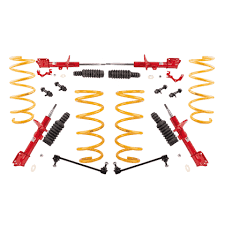
Ever wondered how those luxurious Brazilian cowhide pillow rugs you see in stylish homes are made? The process is a fascinating blend of traditional craftsmanship and modern techniques. Let’s take a behind-the-scenes look at how these beautiful pieces come to life.
From Pasture to Processing
Brazilian cowhide rugs start their journey on cattle farms. Brazil, known for its vast cattle industry, provides high-quality hides due to the natural living conditions and diet of the cows. Once the hides are collected, they are transported to processing facilities where the transformation begins.
Quality Selection and Preparation
At the processing facility, each hide is carefully inspected for quality. Only the best hides, free from scars and blemishes, are selected. These chosen hides then undergo a thorough cleaning process to remove any dirt, grease, or debris. This step is crucial as it ensures the hide is ready for tanning, the next vital stage.
The Art of Tanning
Tanning is a centuries-old process that preserves the hide and enhances its durability. Brazilian cowhide rugs typically undergo either vegetable tanning or chrome tanning. Vegetable tanning uses natural tannins found in plants, resulting in a more eco-friendly product. Chrome tanning, on the other hand, involves chromium salts and produces a softer and more flexible hide. Both methods have their unique benefits, but the choice depends on the desired finish and use of the rug.
Dyeing and Finishing Touches
Once tanned, the hides are dyed to achieve a uniform color. Brazilian cowhide rugs often retain their natural patterns, but some may be dyed in bold colors to suit various design preferences. After dyeing, the hides are treated with oils and conditioners to enhance their softness and luster. This step also helps in protecting the rug from wear and tear.
Cutting and Shaping
With the hide now fully prepared, it’s time to cut and shape it into a rug. Skilled artisans use precise patterns to ensure each rug has a consistent size and shape. The edges are often reinforced to prevent fraying and to give the rug a polished look.
Final Inspection and Packaging
Before the cowhide rugs are ready for the market, they undergo a final inspection to ensure they meet the highest quality standards. Any imperfections are addressed, and the rugs are cleaned and brushed to bring out their natural shine. Finally, the rugs are carefully packaged and shipped to retailers and customers worldwide.
Bringing Brazilian Cowhide Rugs to Your Home
The meticulous process behind the creation of Brazilian cowhide rugs ensures that each piece is unique, durable, and beautiful. Whether you’re looking to add a touch of rustic charm or contemporary elegance to your home, a Brazilian cowhide rug is a versatile choice that can enhance any space.
Understanding the craftsmanship and effort that goes into making these rugs can deepen your appreciation for them. Next time you see a Brazilian cowhide rug, you’ll know the remarkable journey it took from pasture to your living room.
How Brazilian Cowhide Rugs are Made: A Behind-the-Scenes Look
Categories:


